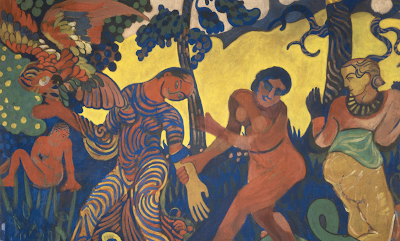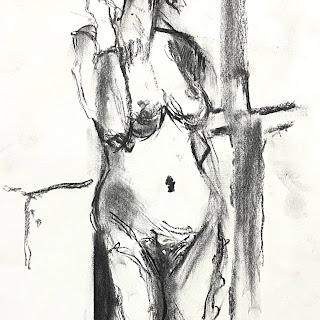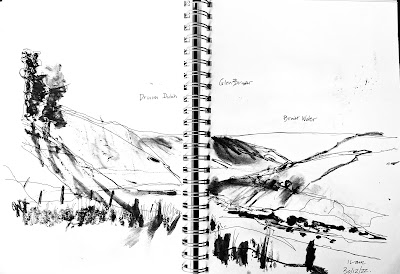Name: Ginst Point, Carmarthenshire (Sir Gaerfyrddin) ; X/Y co-ords: 232825, 207811 ; Region: Wales ; Country: Wales ; Place type: Other Landform. Source: Ordinance Survey
A stretch of sand, grass and debris that is wide and broad and looks to the estuary of the River Taff and across to Llansteffan Castle and the never to missed holiday homes of Carmarthen Bay.
Ginst Point the blunt end of a six mile beach.
High sun, a small breeze.
Rosie the dog,
Jacky the wonder dog,
Jacky collects sticks and will steal a sandal.
He will return it later.
Sian and Miss Megan,
And Barney, a merman*,
We walk, sit and get our feet wet,
Again we plonk ourselves down on a midday warm sand.
And on the walk back we found treasure, per usual.

Shrapnel Everywhere
A toilet chain thrown overboard from a passing ship?
*https://en.wikipedia.org/wiki/Merman
Ginst Point is accessible through Brill Gate (SN 28902 07980) when the Range is not operational. Public access is permitted if the automatic gate is open. Please DO NOT attempt to enter if the gate is closed. Anyone wishing to gain access to the residential tenant farms must contact the Main Gate using the intercom system situated at Brill Gate. https://www.qinetiq.com/en/pendine/public-access/brill-gate-and-ginst-point










%20Jan%20Toorop.png)




















